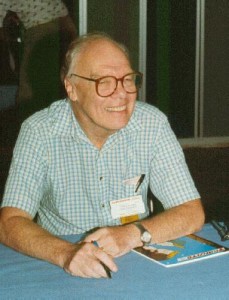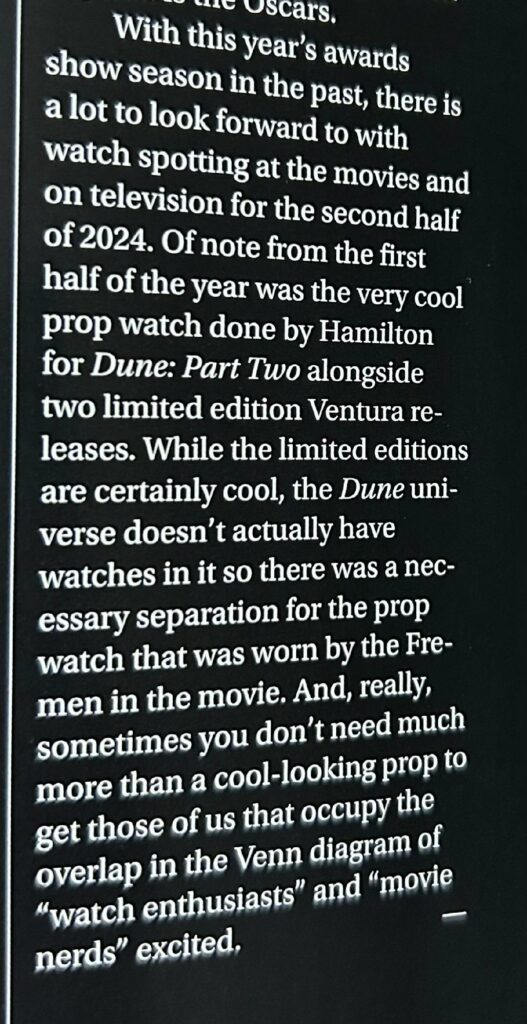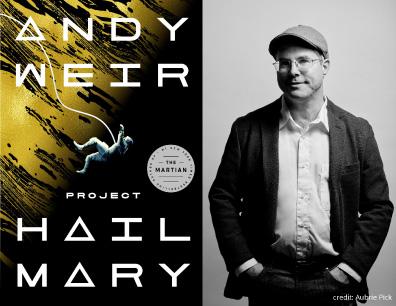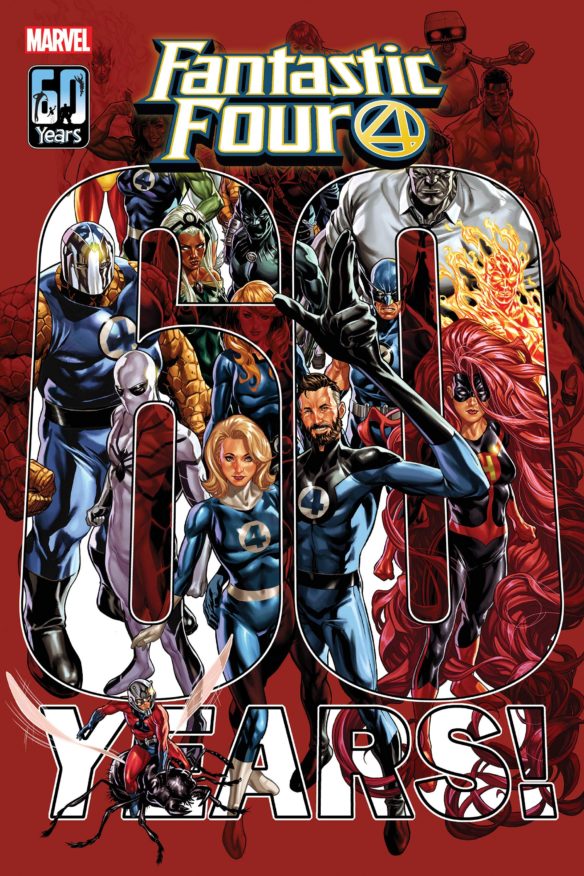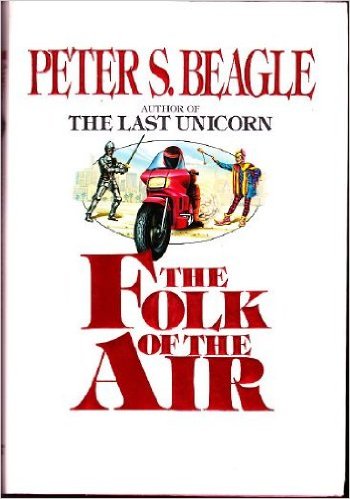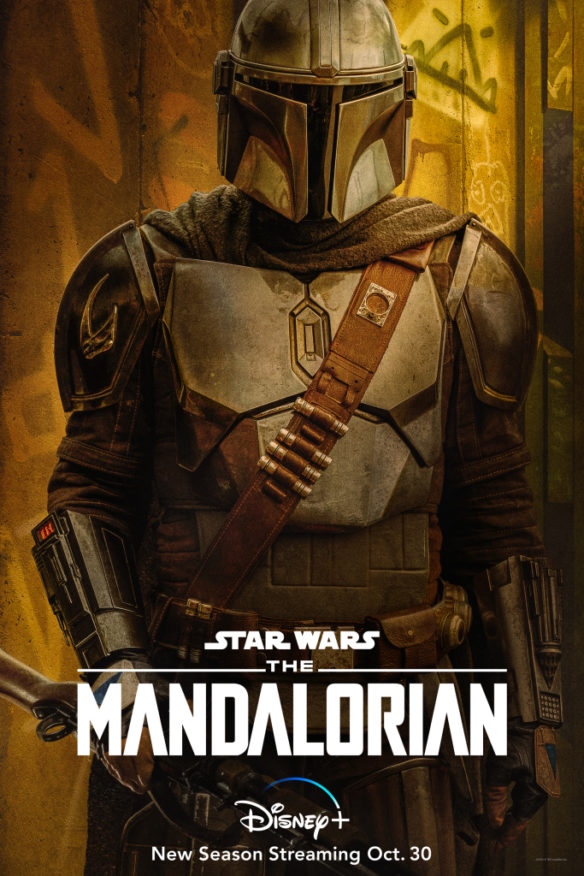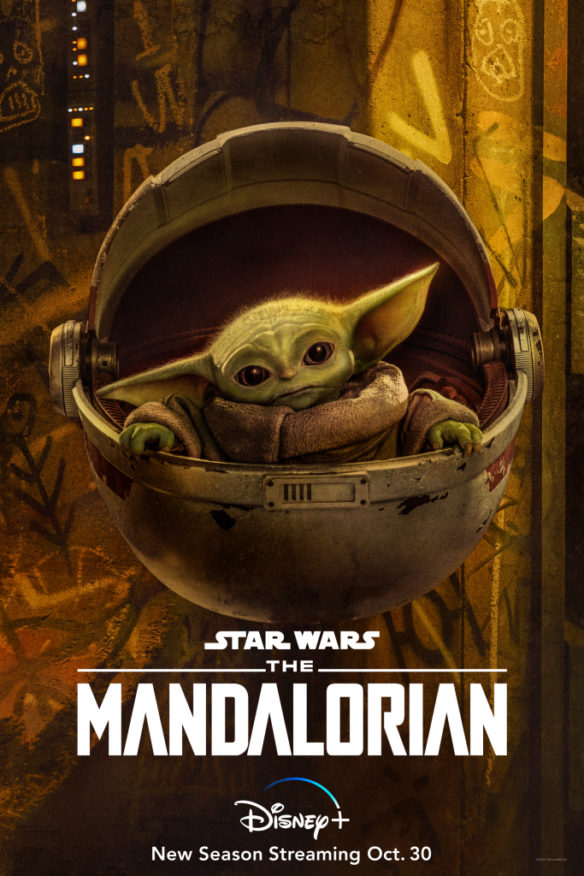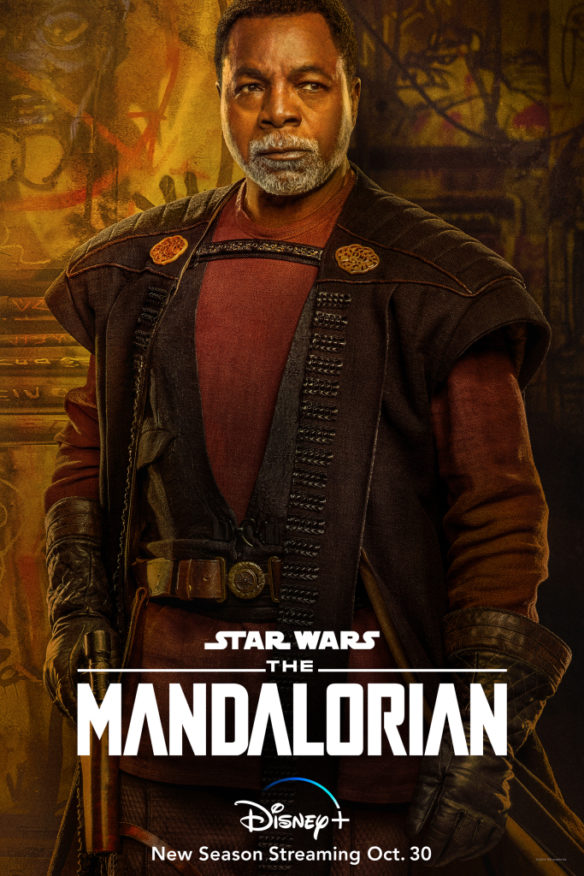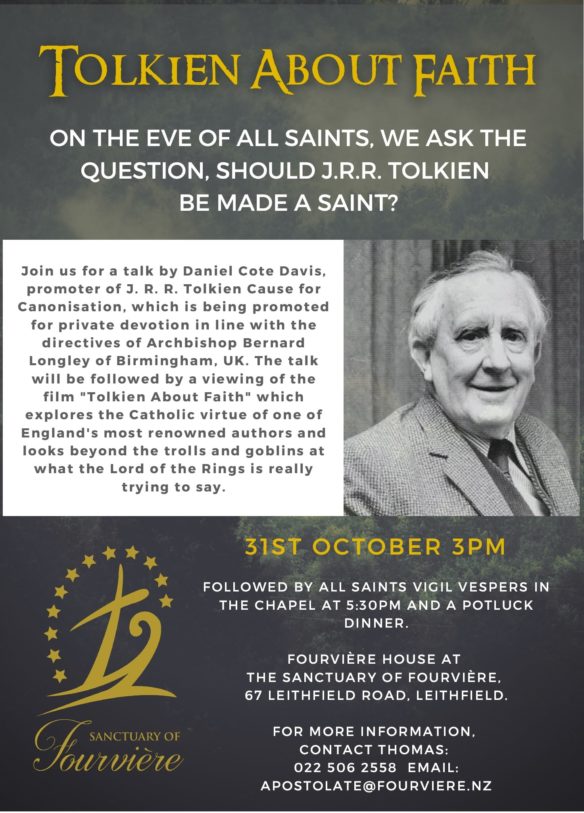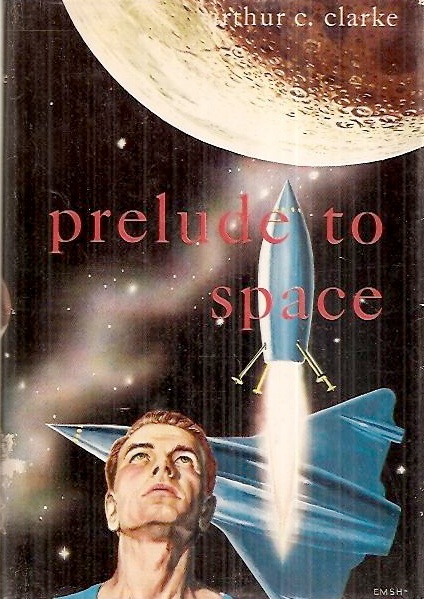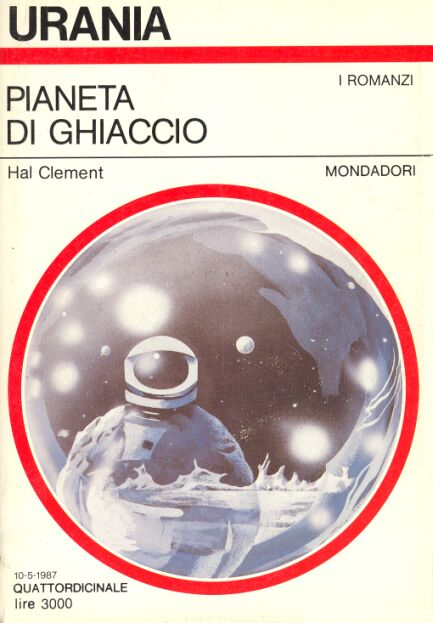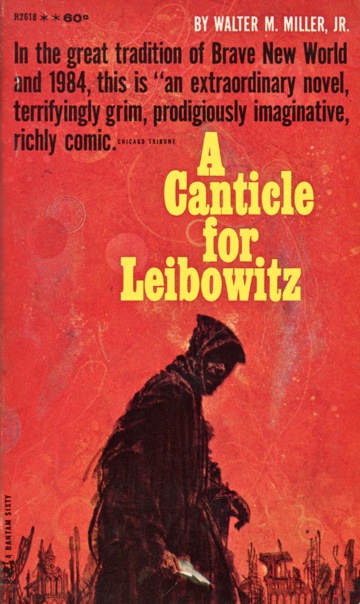(1) AND KEEPS ON TICKING. It didn’t need three days to rise again. “TikTok Starts Working Again After Trump Says He Will Stall a Ban” – New York Times link bypasses the paywall.
TikTok flickered back to life in the United States on Sunday after President-elect Donald J. Trump said that he would issue an executive order to stall a federal ban of the app.
The abrupt shift came just hours after major app stores removed the popular social media site and it stopped operating for U.S. users as a federal law took effect on Sunday. The company said in a post on X that in “agreement with our service providers, TikTok is in the process of restoring service.”
Mr. Trump said in a Sunday morning post on Truth Social that he would “issue an executive order on Monday to extend the period of time before the law’s prohibitions take effect, so that we can make a deal to protect our national security.”
The ban stems from a 2024 law that requires app stores and cloud computing providers to stop distributing or hosting TikTok unless it is sold by its Chinese parent company, ByteDance. Lawmakers passed the law over concerns that the Chinese government could use the app, which claims roughly 170 million United States users, to gather information about Americans or spread propaganda….
(2) IT’S TIME-WIMEY. [Item by SF Concatenation’s Jonathan Cowie.] Time travel is a major trope of SF. This week’s Radio 4 cinema programme Screenshot examined time travel…
Groundhog Day (1993) gets a mention but 12:01 (1993 film, “12:01 P.M.” 1973 story) ???
How does film and TV make time travel real? Ellen E Jones and Mark Kermode take a quantum leap into the world of time travel and time loops on screen, from Back To The Future to Groundhog Day.
Mark speaks to theoretical physicist Sean Carroll about how films like Bill & Ted’s Excellent Adventure and Interstellar have handled the science of time travel – and whether it really is just the stuff of fantasy….
Personally speaking, I have been time travelling all my life. For most of it this has been at the rate of one second per second, but recently I have speeded things up to one minute per minute… That’s the way I roll!
You can download the Radio 4 programme here.

(3) IT’S QUANTUM TIME-WIMEY. [Item by SF Concatenation’s Jonathan Cowie.] Parallel universes and the multiverse are firmly established SFnal tropes. Younger fans not into science may be forgiven in thinking that multiverses were largely an invention of Marvel and even the ‘Marvel Cinematic Universe’, but actually you can trace it way back to the ancient Greeks.
And of course even if there are multiverses, each with their own realities, what is real? Is reality real? In quantum physics, particles may not even be located in one space but smeared across a region of space until observed and then somehow they become fixed in one specific place: it is as if the act of observing is key to the nature of real reality. And can you even ‘shift’ between realities?
This week, BBC Radio 4’s Sideways programme takes a half-hour deep-dive into alternate realities and the multiverse…
You can download the programme here.
In 2020, a curious trend went viral on social media, especially among teenagers and young adults. As much of the world stayed at home to curb the spread of CoVID-19, Reality Shifters began claiming they could move from one reality to another, referencing multiverse theory.
Beyond the actual possibility of switching between realities, this craze raised intriguing questions about the fabric of the reality we experience. Philosophers and scientists have long speculated about the existence of multiple realities. Today, Matthew Syed explores the blurry line between what we perceive as reality and what may lie beyond it, inviting us to question the very nature of existence.

(4) WHY NOT SAY WHAT HAPPENED? Episode 15 of Scott Edelman’s Why Not Say What Happened? podcast takes listeners back to “My Mysterious Mid-’70s Comic Con Meeting with Anthony Bourdain”.
Shredding hundreds of pages torn from notebooks filled by my teen and twentysomething self causes me to reminisce about my collaboration with artist P. Craig Russell which could have been, the poem 18-year-old me wrote about Action Comics #1, my mysterious mid-’70s New Jersey comic convention meeting with Anthony Bourdain, why when it comes to the process of writing I’m a voyeur but not an exhibitionist, the complete lyrics to a song I had Rick Jones sing way back in Captain Marvel #50, my joy upon seeing Superman co-creator Joe Shuster’s name in my old address book, how the Grim Reaper might have prevented my Scarecrow from being born, and much more.
And here’s where to find a dozen places where the episode can be heard, depending on taste.

(5) EATON FIRE AND JPL. The LA Times reports “NASA’s Jet Propulsion Laboratory unscathed by Eaton fire, but not its workforce” (behind a paywall).
With its physical buildings and structures intact, the La Cañada Flintridge institution escaped the worst of the fire unscathed. The same can’t be said for its workforce.
At the height of the emergency, about 20% of the institution’s 5,500 employees were evacuated from their homes, director Laurie Leshin said.
About 210 employees lost their homes in the fire and an additional 100 — Leshin included — will likely be displaced long term by the extent of the damage to their house or neighborhood. Many more evacuees have yet to receive clearance to return home….
NASA has posted a satellite photo showing that “Eaton Fire Leaves California Landscape Charred”. (Click for larger image.)
On the afternoon of January 11, 2025, NASA’s AVIRIS-3 (Airborne Visible/Infrared Imaging Spectrometer-3) flew aboard a B200 aircraft over Los Angeles County, where it captured images of several areas affected by wildland fires.
These false-color images show areas burned by the Eaton fire in Altadena and parts of Pasadena, Arcadia, and Sierra Madre. Charred trees and buildings in developed areas appear dark brown, whereas the burned wildland areas, particularly in Angeles National Forest, are shades of orange.
The Eaton fire ignited in the hills of Eaton Canyon, near Altadena, on the evening of January 7. By 10:30 a.m. the next day, the fire had quickly grown to cover more than 10,000 acres (40 square kilometers), according to Cal Fire. Around the time of this image on January 11, it had expanded to 14,117 acres (57 square kilometers), and the Los Angeles County Fire Department reported it was about 15 percent contained…

(6) WHY OCTAVIA BUTLER SEEMS PRESCIENT. “As California Burns, ‘Octavia Tried to Tell Us’ Has New Meaning” says New York Times contributor Veronica Chambers. (Link bypasses the NYT paywall.)
In the wake of the devastating fires in Los Angeles, many people are referencing the work of the science fiction writer Octavia Butler. Butler, who grew up in Pasadena, was the daughter of a housekeeper and a father who was a shoeshiner. She went on to become the first science fiction writer to win a MacArthur “genius” award. Her book “Parable of the Sower,” published in 1993, paints a picture of a California ravished by the effects of climate change, income inequality, political divisiveness and centers on a young woman struggling to find faith and the community to build a new future.
The phrase “Octavia tried to tell us,” which began to gain momentum in 2020 during the pandemic, has once again resurfaced, in part because Butler studied science and history so deeply. The accuracy with which she read the shifts in America can, at times, seem eerily prophetic. One entry in “Parable of the Sower,” which is structured as a journal, dated on “February 1, 2025” begins, “We had a fire today.” It goes on to describe how the fear of fires plague Robledo, a fictional town that feels much like Altadena, a haven for the Black middle class for more than 50 years, where Butler lived in the late ’90s.
In 2000, Butler wrote a piece for Essence magazine titled, “A Few Rules for Predicting the Future.” She wrote: “Of course, writing novels about the future doesn’t give me any special ability to foretell the future. But it does encourage me to use our past and present behaviors as guides to the kind of world we seem to be creating. The past, for example, is filled with repeating cycles of strength and weakness, wisdom and stupidity, empire and ashes.”…
(7) DIDN’T PKD LIKE GRASS, TOO? [Item by Daniel Dern.] Not quite sure where androids would fit in here, and these would be either non-electric sheep, or perhaps hybrid electric/biofuel sheep… Perhaps: Do Android Farmers Dream Of Hybrid Electric/Biofuelled Sheep? “Large-Scale US Solar Farms Brings ‘Solar Grazing’ Work for Sheep” at Slashdot. (Clipped from ABC News.)
In Milam County, outside Austin [Texas], SB Energy operates the fifth-largest solar project in the country, capable of generating 900 megawatts of power across 4,000 acres (1,618 hectares). How do they manage all that grass? With the help of about 3,000 sheep, which are better suited than lawnmowers to fit between small crevices and chew away rain or shine. The proliferation of sheep on solar farms is part of a broader trend — solar grazing — that has exploded alongside the solar industry. Agrivoltaics, a method using land for both solar energy production and agriculture, is on the rise with more than 60 solar grazing projects in the U.S., according to the National Renewable Energy Laboratory….
(8) MEMORY LANE.
[Written by Cat Eldridge.]
Pan’s Labyrinth (2006)
Nineteen years ago, Pan’s Labyrinth premiered. In Spanish, it was called El laberinto del fauno which means The Labyrinth of the Faun. It was written, directed and co-produced by Mexican-born and raised Guillermo Del Toro.
Other producers were Bertha Navarro, Alfonso Cuarón, Frida Torresblanco and Álvaro Augustin.
It was narrated by Pablo Adán with a primary Spanish language cast (Sergi López, Maribel Verdú, Ivana Baquero, Ariadna Gil and Álex Angulo) with the exception of Doug Jones as the Faun and the Pale Man who of course has a very long relationship with Del Toro going back to Mimic which was based on the Donald Wollheim story of the same name.
The “Mimic” story was nominated for a Retro Hugo at Worldcon 76.
Reception for it was excellent. It won the Hugo for Best Dramatic Presentation, Long Form, at Nippon 2007 which had dual Toastmasters in the guise of George Takei and Nozomi Ohmori. Children of Men, The Prestige, V for Vendetta and A Scanner Darkly were also nominated for this Award.
Critics really liked it. Roger Ebert at the Chicago Sun Times said of it that “Nothing I am likely to see, however, is likely to change my conviction that the year’s best film was Pan’s Labyrinth.” And Mark Kermode writing in The Observer exclaimed that it is “an epic, poetic vision in which the grim realities of war are matched and mirrored by a descent into an underworld populated by fearsomely beautiful monsters.”
Box office was quite superb as it cost just under twenty million to produce and made over eighty million. Audience reviewers at Rotten Tomatoes currently give a near perfect ninety five percent rating.
Usually I don’t note the figures made for a film but the Faun got some great ones including the NECA eight inch version which you see here in all its nightmarish glory. The Pale Man got his own figure as well.
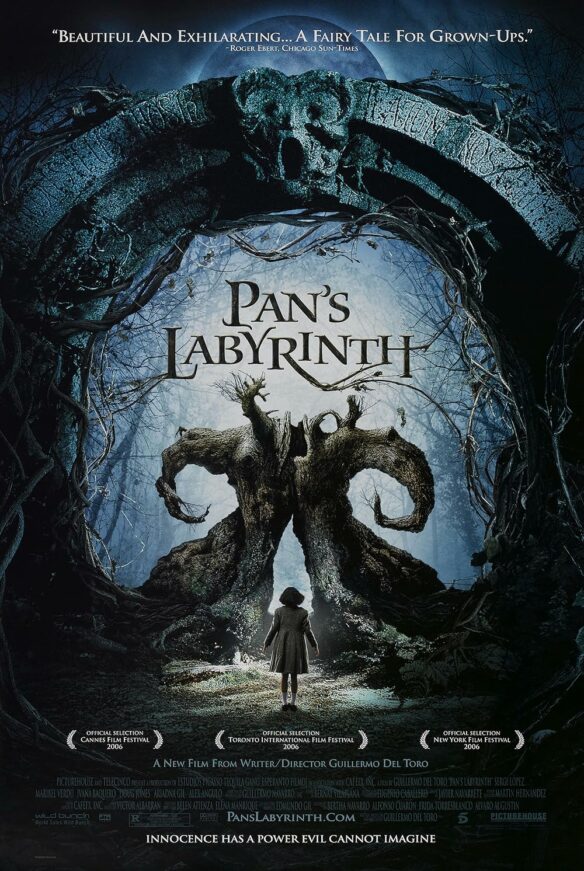
(9) COMICS SECTION.
- Brewster Rockit sees a disturbing pattern.
- Frank and Ernest have a visit from Malaprop Man.
- Free Range has doubts about Fred Flintstone’s day job.
- Pearls Before Swine understand social media.
- Rhymes with Orange thinks it’s time to define the relationship.
(10) YOU CONTROL THE HORIZONTAL. YOU CONTROL THE VERTICAL. THEY CONTROL THE OFF SWITCH. Inverse remembers“60 Years Ago, The Most Sneakily Influential Sci-Fi Series Came To An Inglorious End”.
…The Outer Limits was ahead of its time — and misunderstood accordingly.
By the time it went off the air, however, the show was a shadow of its former self. Its season-and-a-half, 49-episode run (can you imagine a modern genre show producing nearly 50 episodes in less than two years?) came to a close with “The Probe.” Directed by Felix Feist, who helmed the 1953 sci-fi B-movie classic Donovan’s Brain, the story concerned three men and a woman who survive a plane crash, only to find themselves aboard an automated alien laboratory.
The series had already been canceled, and writers and crewmembers were literally walking out the door as “The Probe” went into production. The episode reflected that with wooden acting, cheap-looking sets and effects, and an exposition-heavy plot, all sad aspects of the truncated second season that drag it dangerously close to Ed Wood levels of amateurishness. Even the episode’s monster, a microbe that grows to an alarming size, was a large, silvery blob of rubber pulled over a man who crawled around on the floor (the stuntman inside the costume, Janos Prohaska, pulled off a much more successful version of the same idea two years later as the Horta in the classic Star Trek episode “The Devil in the Dark”)….
(11) UNKNOWN INDY. ComicBook.com contends they can name “10 Indiana Jones Adventures You Didn’t Even Know About”. There are definitely some I hadn’t heard about before. Let’s start with –
Indiana Jones and the Army of the Dead
Steve Perry’s 2009 novel Indiana Jones and the Army of the Dead acts as a prequel to Indiana Jones and the Kingdom of the Crystal Skull and provides some backstory for Indy’s relationship with his friend George “Mac” McHale (Ray Winstone) in the movie. Taking place in 1943, Indy and Mac team up on an adventure to Haiti to find a mysterious voodoo artifact known as the Heart of Darkness. However, Indy and Mac must battle both Nazi and Japanese soldiers also pursuing the artifact.
Kingdom of the Crystal Skull provided an unexplored backstory of Indy’s military background when the United States officially entered World War II, revealing that he and Mac worked as double agents for the U.S. government during the war. Indiana Jones and the Army of the Dead not only takes Indy on a gripping literary adventure but also fleshes out his relationship with Mac before the latter joins forces with Soviet military leader Irina Spalko (Cate Blanchett) in Kingdom of the Crystal Skull, which makes the novel a great read for Indiana Jones fans.
(12) DEFENSE ADVICE FROM SF WRITERS. Reminiscent of Dr. Arlan Andrews’ Sigma Forum of the last decade, the Guardian takes note as “UK Ministry of Defence enlists sci-fi writers to prepare for dystopian futures”.
It’s a scenario that would make Tesla’s CEO, Elon Musk, shudder: a future where self-driving cars are the norm but a catastrophic electronic breakdown traps thousands of people inside them.
This dystopian vision of the future was one sketched out by science fiction writers at an event this week where experts were asked to prepare Britain for threats ranging from pandemics to cyber and nuclear attacks.
The writers joined researchers and policymakers working in crisis management and resilience at the gathering organised by RBOC (Resilience Beyond Observed Capabilities), a network of academics whose funders include the Ministry of Defence (MoD).’
Emma Newman, a sci-fi novelist who was at the event, said: “Taking a very character-based approach can help reveal aspects of future scenarios that you might not necessarily get from a more pulled-out approach.”…
(13) THE HEAT IS ON. [Item by SF Concatenation’s Jonathan Cowie.] Hot stuff from the last edition of the Astronomical Journal of 2024. With dayside temperatures hot enough to sustain a magma ocean and a silicate atmosphere, lava planets are the best targets for studying the atmosphere of a rocky world. Some rocky exoplanets orbit so closely to their host star that the dayside temperature is high enough to melt rock!
Such planets are thought to have a magma ocean surface on their dayside, which is tidally locked to always face the star. Outgassing from the magma should produce an atmosphere on the dayside only, which freezes out on the nightside.
“Clouds in Partial Atmospheres of Lava Planets and Where to Find Them”, Nguyen et al have simulated cloud formation in the partial atmospheres of five previously observed lava planets. These simulations indicate that clouds of silicate vapour form on the dayside and they would cast shadows on the magma ocean, so cooling it slightly… Hal Clement’s Iceworld (1953) anyone?

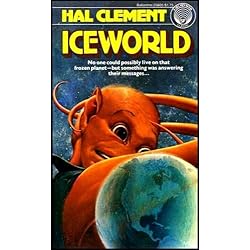
(14) VIDEO OF THE DAY. Ryan George takes us inside “Mufasa: The Lion King Pitch Meeting”.
(15) VIDEO OF AN EARLIER DAY. The Zombie Apache Trailer dropped in May 2024.
The story of ZOMBIE APACHE unfolds as a greedy real estate developer desecrates a sacred Viking burial ground, unleashing a comical nightmare upon the unsuspecting locals. This perfect blend of absurdity and horror, highlighted by the stellar performances of our lead actors, promises an unforgettable and wildly entertaining film. experience.”
[Thanks to Steven French, Kathy Sullivan, Teddy Harvia, Mike Kennedy, Andrew Porter, John King Tarpinian, Chris Barkley, Cat Eldridge, and SF Concatenation’s Jonathan Cowie for some of these stories. Title credit belongs to File 770 contributing editor of the day Daniel Dern.]



